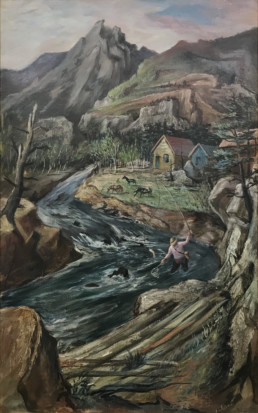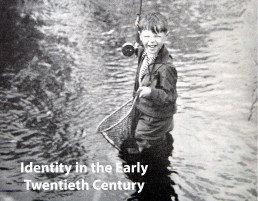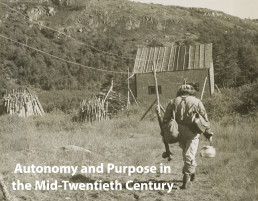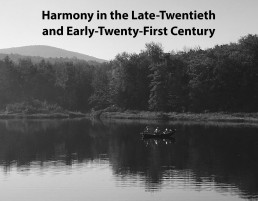Reflections: The Angler and Nature in Art
Representations of the figure within the landscape appear in art time and again. Evocative and metaphorically significant, images of the human figure in the wilderness speak to humanity’s complex and poignant relationship with nature. The dynamic gives sporting art its timeless appeal. Founded on narratives of place, identity, purpose, and harmony, the genre has illuminated cultural perspectives on nature across generations.
For centuries, the angler has traveled the landscape in search of a quiet sanctuary or waters far beyond the reach of modern development, encountering ancient boulders, roaring currents, and the awe-inspiring forces found in the natural world. The angler’s experience became a popular subject in North American art after the Civil War, when images of the human figure in the landscape could inspire both critical and contemplative dialogue about spirituality, nationalism, and place in a time of uncertainty. The angler’s connection to nature spoke to a country in search of his or her own. Over the next 150 years, sporting art directed our gaze to the angler. Through the Great Depression, war, environmental movements, and civil unrest—and as technology continued to become more advanced—we have looked for reflections of ourselves standing in the landscape at the center of these stories.
The American Museum of Fly Fishing has recently become the beneficiary of more than 200 works of North American art, spanning nearly two centuries in art and angling history. Exhibited at the museum for the first time, selections from the donation are united with objects from our permanent collection. Artworks are displayed chronologically and thoughtfully juxtaposed with the material culture and tools prominent of their era. A treasured addition to the museum, the Trophy Art Collection, donated by Mike Monier, invites you into the angler’s experience and explores the ways sporting art has chronicled the ever-changing connections with nature shared by communities across America from the nineteenth century to today.
Frederick Emanuel Shane (American, 1906—1992)
The Catch, ca. 1940
egg tempera on panel
2019.051.137






